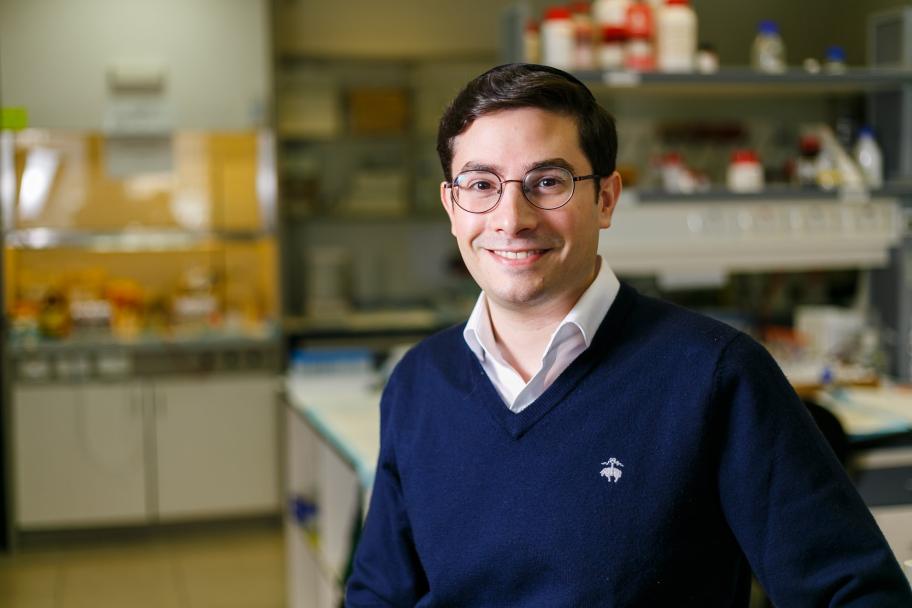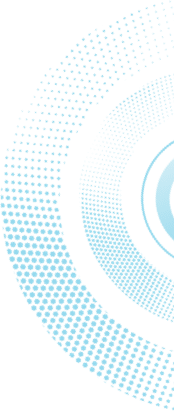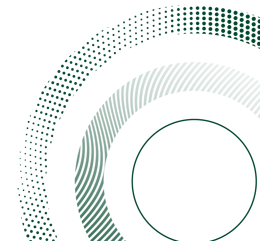Ariel Ashkenazy Awarded Two Prestigious Post-Doctoral Scholarships.

Ariel Ashkenazy, a PhD student of Prof. Dror Fixler and Prof. Eliahu Cohen, will be moving to California this year to conduct his post-doctoral research. His research on quantum optics focuses on broadband entangled photons
PhD student Ariel Ashkenazy won two prestigious scholarships for post-doctoral research, which he intends to pursue in the upcoming year. The first is the Fulbright Fellowship, a prestigious international fellowship given on behalf of the U.S. Department of State to outstanding post-doctoral students pursuing research in leading universities across the United States. The second is the CHE Diversity Scholarship, awarded to students from diverse sectors (Arab, Ethiopian, and Haredi) to encourage excellence and inclusion of these sectors in Israeli academia.
Ashkenazy conducted his doctoral research in quantum optics under the supervision of Prof. Dror Fixler and Prof. Eliahu Cohen. His Doctoral thesis explores methods for the generation and detection of broadband entangled photons, and how they can be used in advanced quantum applications such as imaging and communications. Ashkenazy has recently returned from a conference marking 100 years of quantum research, where he gave a talk about a feasible implementation of the photon-number splitting attack on quantum communication protocols using single-photon Raman interaction.
Ashkenazy intends to pursue his post-doctoral research at the Institute for Quantum Studies at Chapman University, California. His research will explore non-linear interactions between quantum light and matter, specifically the ability to harness the power of super-oscillation for advanced quantum applications. Ashkenazy visited the Institute one year ago when he co-researched the properties of super-oscillating signals and their link to spatial and temporal super-resolution, along with Prof. John Howell. During that visit, he also taught a seminar focusing on two of his research accomplishments: the feasibility of implementing a photon-number splitting attack on quantum key distribution (QKD) protocols, and a method for real-time super-resolution.
Last Updated Date : 12/08/2025



